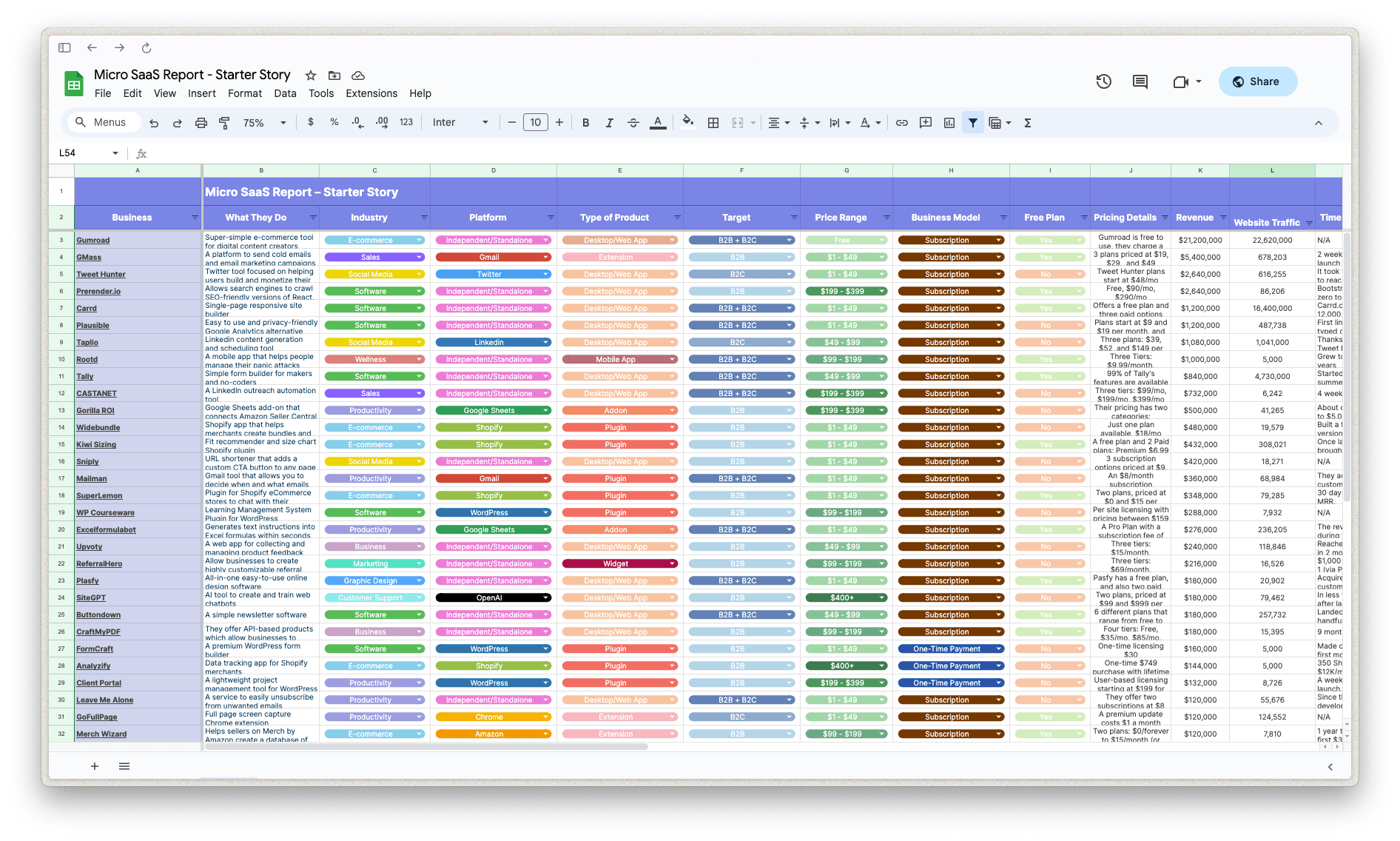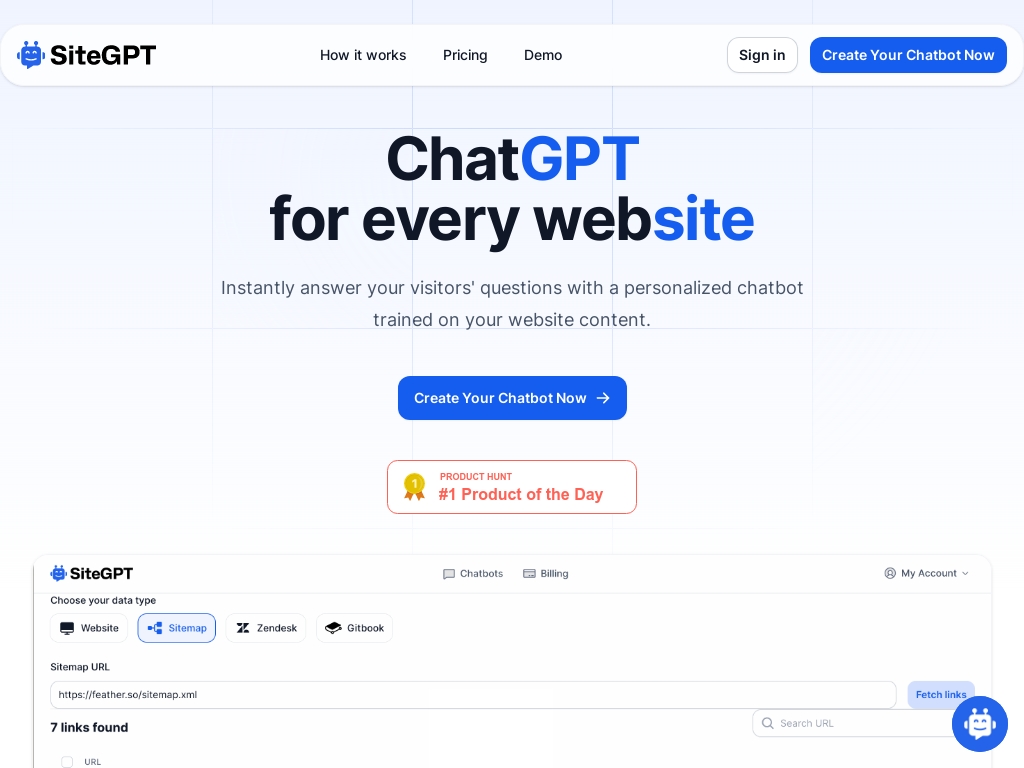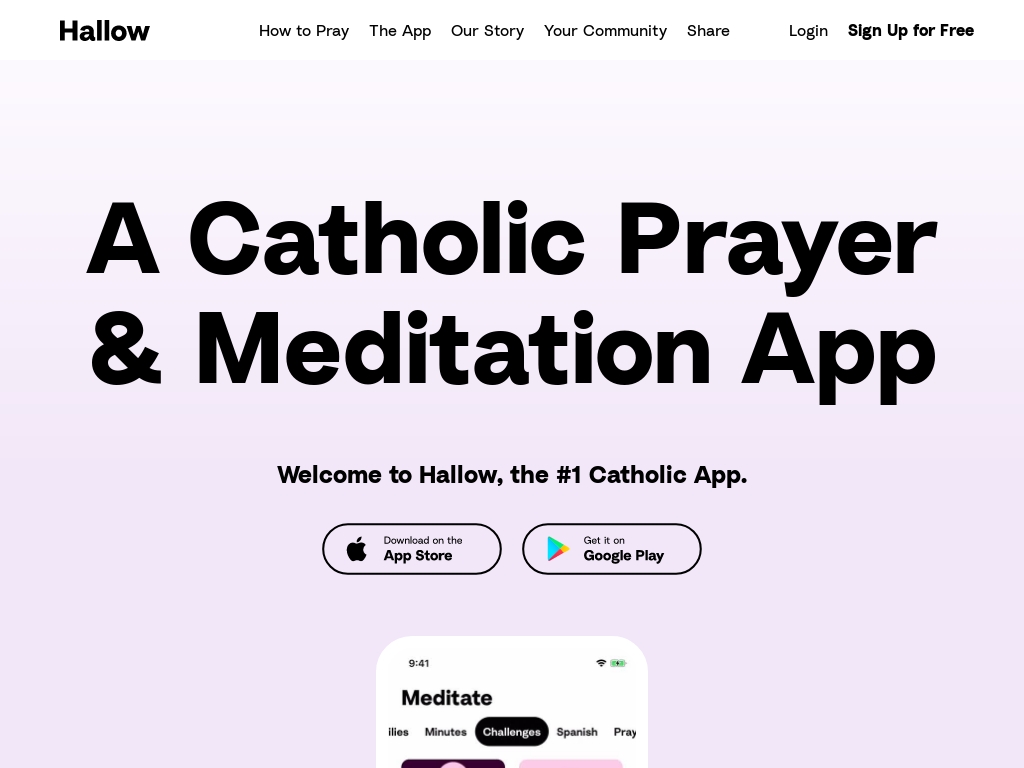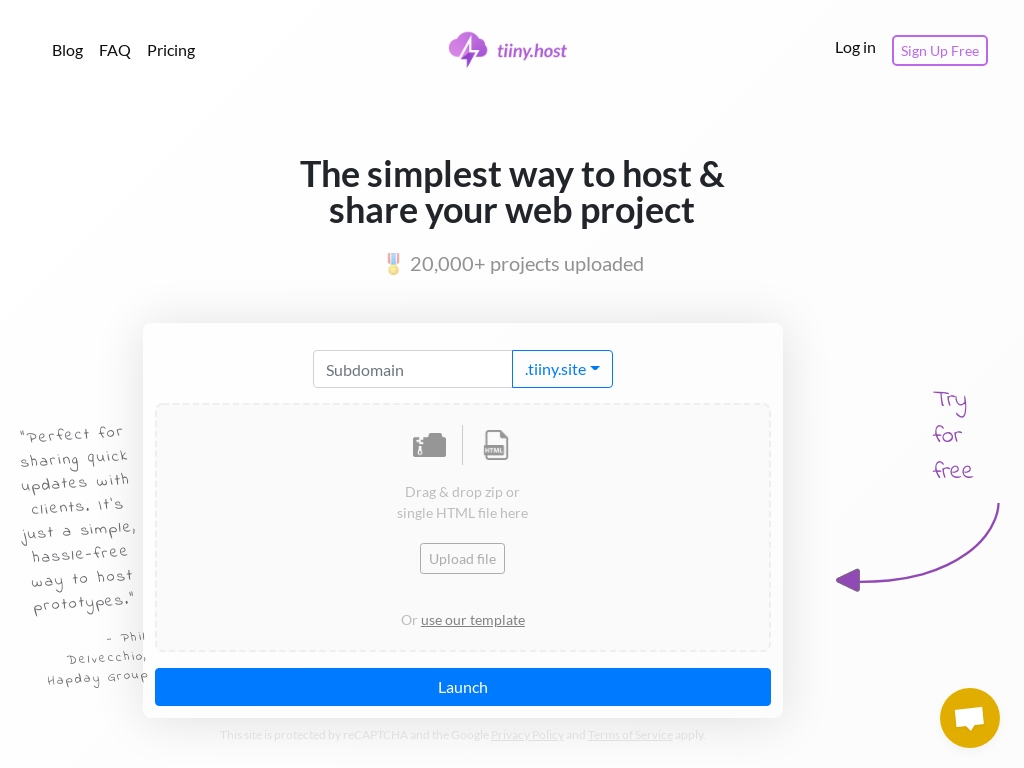
How Funnelytics Grew From $0 to $1.3M in Just Two Years
Who is Mikael Dia?
Mikael Dia, founder and CEO of Funnelytics, is a digital marketing expert with a background in civil engineering. He transitioned into entrepreneurship after a personal family incident inspired him to pursue his passion, ultimately creating Funnelytics to address the marketing challenges he faced in his previous digital agency work. Originally from Canada, Mikael has also successfully launched other businesses, demonstrating his innovative approach to digital marketing.
What problem does Funnelytics solve?
Funnelytics helps businesses make sense of customer behaviors by visually mapping marketing funnels, eliminating the guesswork and confusion for marketers who need clear insights to drive sales.
How did Mikael come up with the idea for Funnelytics?
Mikael Dia's inspiration for Funnelytics came from a persistent challenge he faced while running his digital marketing agency. He found it tedious and cumbersome to draw customer journey diagrams on a whiteboard and juggle spreadsheets to show clients their ROI and strategy. This manual process was not only time-consuming but also lacked the integration needed to align strategy with data effectively.
The turning point for Mikael was when he realized there was a broader need for a tool that could combine these visual and analytical elements in a single platform, making it easier for marketers and small businesses to understand and optimize their marketing funnels. Before building Funnelytics, Mikael validated his idea through his personal experiences and the feedback he received from clients who struggled with similar issues.
Mikael's background in engineering and experience with Autocad helped him envision this platform as a "digital whiteboard," a concept that clicked instantly. He knew it was crucial to create a visual, user-friendly tool that allowed businesses to map and track customer journeys without the complexities of traditional analytics software. This insight helped him refine his initial idea into a product that truly addressed the needs of small to medium-sized businesses constrained by budget and resources for sophisticated analytics.
How did Mikael Dia build the initial version of Funnelytics?
Mikael Dia and his team built Funnelytics through a meticulous process that began with manual diagramming and evolved into a dynamic SaaS platform. Initially, Dia created funnel maps using PowerPoint and custom icons from Fiverr, which assisted in visually communicating marketing strategies to clients. Recognizing the need to streamline this process, the team developed a digital whiteboard akin to platforms like Miro, enabling users to map customer journeys and overlay data. The development involved leveraging modern web technologies to ensure seamless user experience and integration capabilities. Building the first version was a challenging endeavor, taking approximately a year to conceptualize and a few more months to create a viable product that could handle complex data-driven insights, which reflected in the multi-million dollar revenue growth within a couple of years.
What was the growth strategy for Funnelytics and how did they scale?
Partnerships with Agencies
Funnelytics effectively used partnerships with digital marketing agencies to grow its platform. By collaborating with agencies, they positioned Funnelytics as an essential tool for visualizing and optimizing client marketing funnels, which naturally integrates into the agencies' service offerings. This partnership model helped Funnelytics reach a wider audience of potential B2B customers without directly doing the legwork themselves.
Why it worked: Agencies found great utility in Funnelytics as it added value to their services by improving their clients' marketing strategies. The tool simplifies complex customer journeys and allows agencies to provide detailed insights to their clients, making it an attractive addition to their professional toolkit.
Content Marketing and Thought Leadership
Through webinars, podcasts, and tutorials, Mikael Dia, the founder, has positioned himself and Funnelytics as thought leaders in the marketing analytics space. The content shared often focuses on the benefits of visualizing customer journeys and optimizing marketing funnels effectively.
Why it worked: By providing valuable insights for free, Funnelytics not only educates its potential customers but also builds trust and authority in the market. Their content marketing strategy demonstrates the effectiveness of their platform, thus encouraging businesses to try it out for themselves.
Networking and Industry Conferences
Funnelytics has leveraged industry conferences and networking events to expand its visibility and reach within the digital marketing community. Engaging directly with potential clients and partners at events like MavCon allows Funnelytics to showcase its product to a relevant audience actively seeking solutions to their marketing challenges.
Why it worked: Networking at industry events provided Funnelytics with direct access to decision-makers and influencers who can see and experience the value of their innovative visual analytics tool first-hand, which often leads to fruitful business opportunities and word-of-mouth referrals.
What's the pricing strategy for Funnelytics?
Funnelytics offers a free version of their funnel mapping tool, with premium plans starting at $99 per month, incorporating user-based pricing that scales with business needs.
What were the biggest lessons learned from building Funnelytics?
- Focus on Results, Not Effort: Customers care about the outcomes you deliver, not how much work it takes to get there. Funnelytics thrived by emphasizing results over effort, ensuring clients saw value in the tool without getting bogged down in the technical details.
- Visualize and Simplify: By offering a visual map of marketing funnels, Funnelytics made complex customer journeys clearer and more accessible. This approach taught the importance of simplifying customer experiences to enhance understanding and engagement.
- Adapt Based on User Feedback: The development of Funnelytics was driven by understanding the real needs of its users, primarily small and medium businesses. By continuously listening to their feedback, the company was able to iterate and improve its offerings.
- Leverage Data for Decisions: Funnelytics showcased the power of using data to inform business strategies. By focusing on data-driven insights, businesses can optimize customer journeys and marketing efforts more effectively.
- Understand Your Audience: Knowing the customer’s needs, like demonstrating ROI in marketing for small businesses, allowed Funnelytics to tailor its services effectively. Entrepreneurs should always seek to deeply understand and align with their target audience’s needs.
Discover Similar Business Ideas Like Funnelytics
|
|
Idea
|
Revenue
|
|---|---|---|
|
PDFShift
|
HTML-to-PDF conversion API service.
|
$8.5K
monthly
|
|
SiteGPT
|
AI chatbot trained on your website content.
|
$15K
monthly
|
|
Hallow
|
"Catholic prayer and meditation app fostering faith growth."
|
$278K
monthly
|
|
tiiny.host
|
Static website hosting made simple for everyone.
|
$15K
monthly
|
|
Studio Wombat
|
WooCommerce plugin developer for enhanced e-commerce features.
|
$15K
monthly
|
|
Treendly
|
Trend-spotting platform for untapped market insights.
|
$1K
monthly
|
|
ScreenshotOne
|
API for capturing website screenshots easily.
|
$2.2K
monthly
|
More about Funnelytics:
Who is the owner of Funnelytics?
Mikael Dia is the founder of Funnelytics.
When did Mikael Dia start Funnelytics?
2018
What is Mikael Dia's net worth?
Mikael Dia's business makes an average of $108K/month.
How much money has Mikael Dia made from Funnelytics?
Mikael Dia started the business in 2018, and currently makes an average of $1.3M/year.

Download the report and join our email newsletter packed with business ideas and money-making opportunities, backed by real-life case studies.

Download the report and join our email newsletter packed with business ideas and money-making opportunities, backed by real-life case studies.

Download the report and join our email newsletter packed with business ideas and money-making opportunities, backed by real-life case studies.

Download the report and join our email newsletter packed with business ideas and money-making opportunities, backed by real-life case studies.

Download the report and join our email newsletter packed with business ideas and money-making opportunities, backed by real-life case studies.

Download the report and join our email newsletter packed with business ideas and money-making opportunities, backed by real-life case studies.

Download the report and join our email newsletter packed with business ideas and money-making opportunities, backed by real-life case studies.

Download the report and join our email newsletter packed with business ideas and money-making opportunities, backed by real-life case studies.














